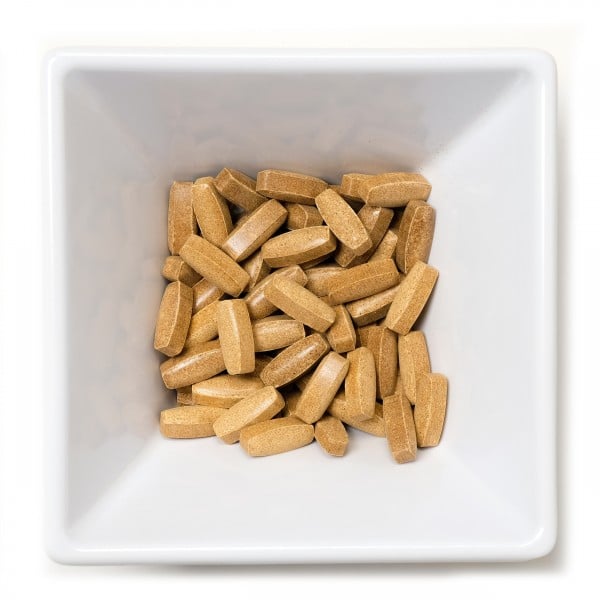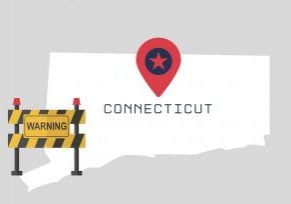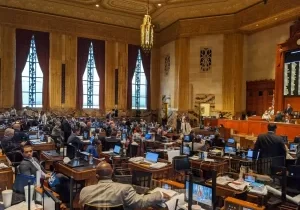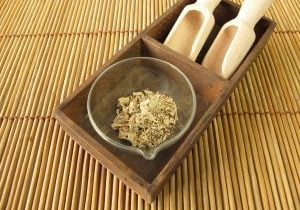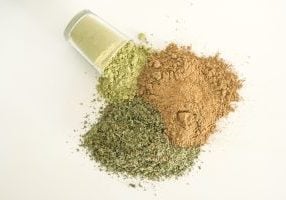When you think of an island, you probably think of a relatively small piece of land covered in lush palm trees and beautiful beaches.
While it is true that the island of Borneo is covered in vegetation, it’s not quite the small plot of land you may have been imaging. In fact, Borneo is the third-largest island in the world. It is only smaller than Greenland and New Guinea. And on this island, Borneo Kratom is harvested and exported in astounding numbers.
This large island is home to not just one but three separate countries. How are these countries divided, and why did Borneo end up this way?
The Three Countries of Borneo
If you look at the Borneo map, you’ll find that the Borneo island is divided into three regions ruled by three separate countries. Indonesia takes up most of the island, occupying the southern 70% of the island. Malaysia takes up most of the rest of the land mass, with Brunei taking up only 1% of the island.
Political Divisions
The island has been ruled by various empires throughout its history. Because of the constantly changing control of the land on this island, there is a large variety of cultural, historical, and ethnic mixing on the island.
Politically, the island is divided into four regions among three countries. Malaysia has two states in their region, Indonesia has one state, and Brunei also has one small region.
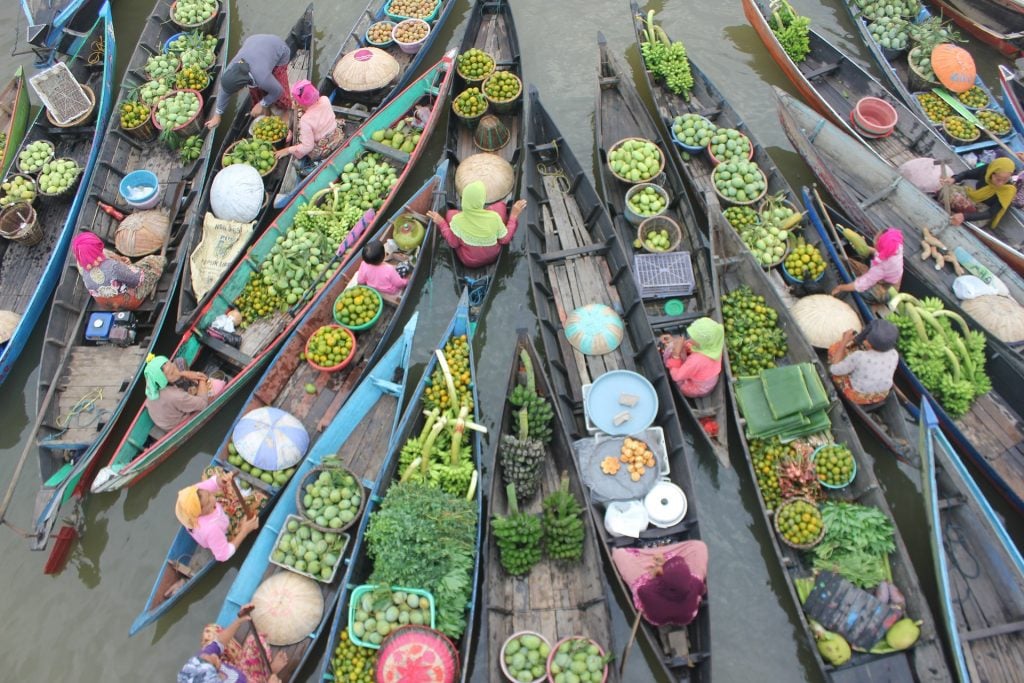
Population & Ecology
The entire island is only about 287,000 square miles, which is a relatively small size when you consider that three countries all share the land of this island.
Still, the island of Borneo has 21.3 million inhabitants. These Borneons are spread out with an average population density of about 29 people per square kilometer. In reality, however, most people are more densely living in the larger cities of the island since much of the land is not fit for living.
Much of Borneo is occupied by uninhabitable land. From dense rainforests to mountainsides, most people of these three countries live on the coastlines of the island. One of the reasons that so much of the island is unoccupied is because there are many swamps on the island.
The ecology on this island is incredibly rich. In just one 16-acre area of Borneo, over 700 different varieties of native trees have been identified. In North America, on the other hand, there are only 171 native trees.
Why Is There So Much Kratom In Borneo?
For a long time, the main export industries from Borneo were rubber and palm oil. Indonesia is known to be Southeast Asia’s largest economy, but the rubber and palm oil industries have been getting smaller and smaller every year due to changes in worldwide manufacturing and demand.
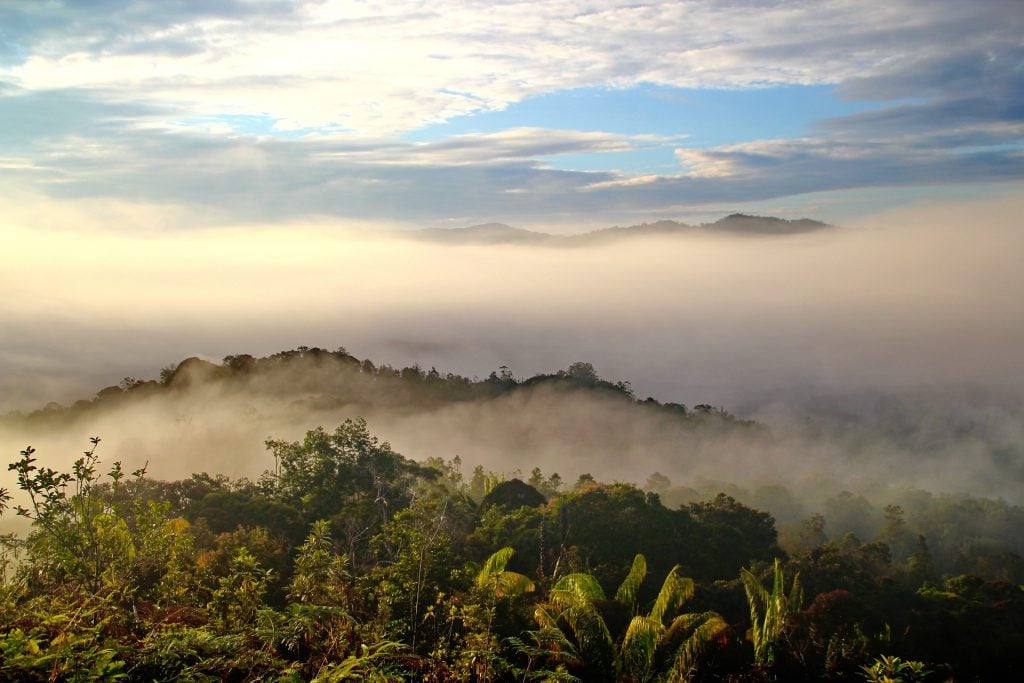
Kratom production has been filling that void, and part of the reason for that is the Borneo climate. Kratom has what is known as an equatorial climate. This means that the climate is very balanced all year round. Usually, the weather is humid and warm, with temperatures reaching over 90 degrees Fahrenheit leading into summer and ending in the fall.
The humid weather combined with nitrogen-rich soil makes it a perfect place for growing Kratom because Kratom grows best in these types of weather conditions.
With the rise of Kratom’s popularity in the US and around the world, Indonesian farmers have focused on growing this crop as it pays out better for their hard work and time than the dying industries of rubber and palm oil.
Where Does Borneo Kratom Come From?
Most of the kratom on this island comes from the Borneo rainforest areas of Indonesia.
Specifically, the area of Kapuas Hulu has become a booming town due to the rise in Kratom production. Located a full 12 hours away from the nearest city, Kratom as a popular export has rapidly brought profits into this town.
Interestingly enough, the local government has banned the consumption of Kratom, but it is still legal to export the Kratom. Kratom plants are native to both Thailand and Malaysia as well. The governments in these areas ban export and distribution of Kratom, though Thailand’s government recently reconsidered that stance.
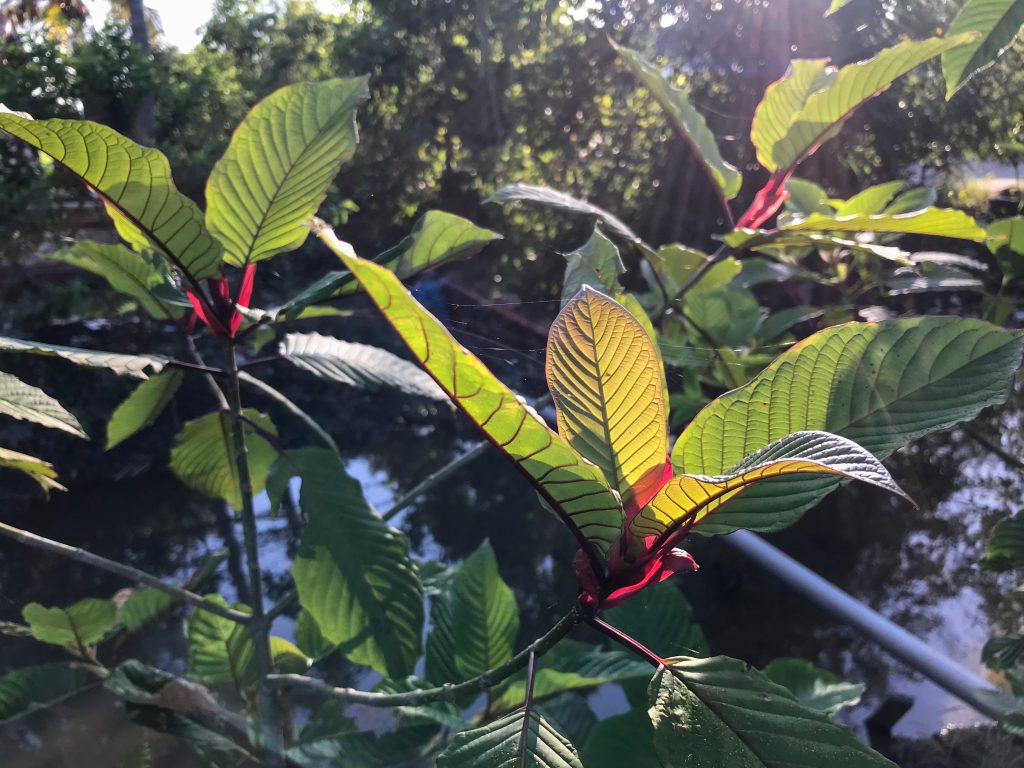
Borneo Kratom Strains
There are various strains of Borneo Kratom that are popular around the world. While the strains are all native to different parts of Borneo, some of the strains are easier to grow in specific areas, so they may be more likely to be found in those regions.
It’s hard to prove whether or not anecdotal evidence is scientifically sound, but Borneo is a super popular strain that has relatively higher levels of 7-hydroxymitragynine, one of the alkaloids that is unique to kratom. 7-hydroxymitragynine is what is known as a terpenoid indole alkaloid.
Conclusion
The island of Borneo has a rich and interesting history. Today, many people have heard the name of Borneo because of Borneo Kratom, but the industry of exporting Kratom has been a recent change in their businesses.
While Kratom has been grown on this island for a long time, the change to exportation has helped create a huge financial boom in many regions of Borneo.

